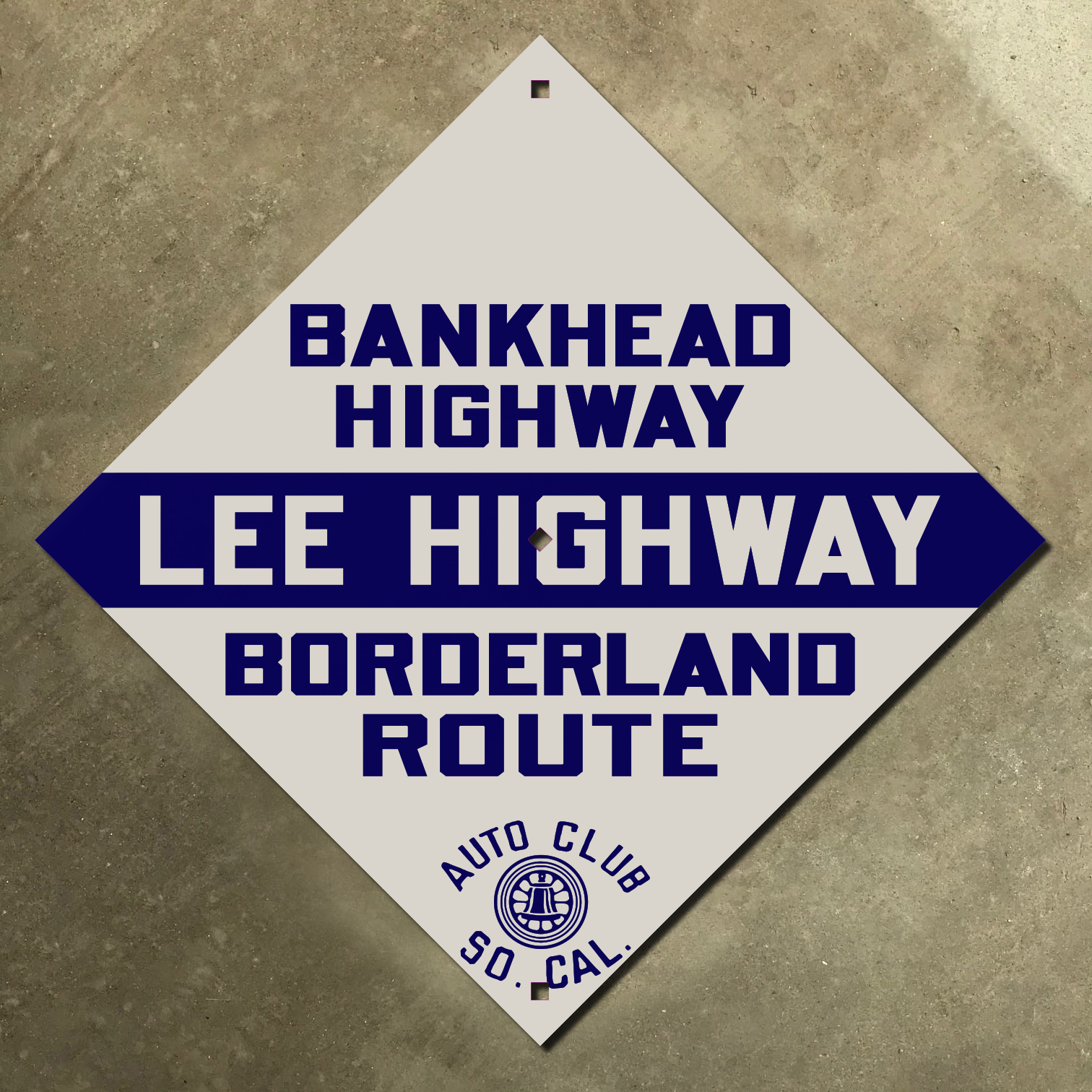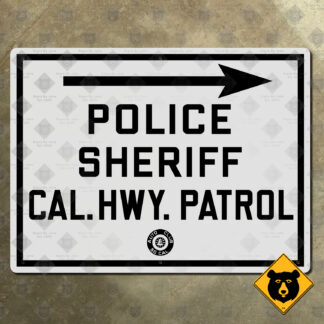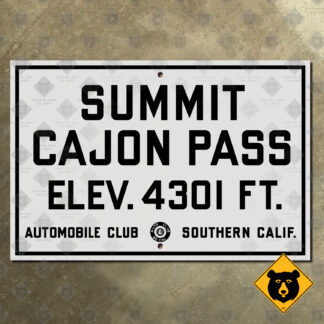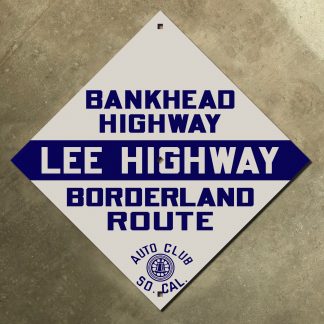Description
When the automobile was new to the American public and the Model T was still the most popular car being sold, road maps of the United States looked very different. The governments of the nation and the states had yet to become involved in road transportation to the extent that they are today. Long, interstate treks were done following routes established by auto trail associations. These were private organizations who didn’t normally own or maintain the roads, but merely promoted a particular preferred route. The intent was to bring travelers (and their dollars!) to the cities where the organization’s members lived.
Many of these groups promoted transcontinental east-west routes. However, there was one small problem. West of about Texas, very few actually passable routes had been built. Thus, the same stretches of road were claimed over and over as part of their routes by various trail booster organizations. One prominent example of this was the route between San Diego, California and El Paso, Texas. This road was claimed by, among others, the Lee Highway, the Bankhead Highway, and the Borderland Route. (Other highways along this route included the Jefferson Davis Highway, the Dixie Overland Highway, and the Southern National Highway.) In 1926, all of these overlapping route names were swept aside by the United States Numbered Highway system. It assigned this road a single number—US 80.
The Auto Club of Southern California (ACSC) took on the duties of posting signage along this historic highway. Among the signs they posted were those confirming that travelers were still on the correct route. On these signs, the name “Lee Highway” appears prominently across the center of the sign. Printed above that is the name “Bankhead Highway”. At the bottom of the sign are the words “Borderland Highway” and the ACSC logo.
We’ve brought one of these old signs from the Lee Highway (and also the Bankhead Highway, and the Borderland Route) back to life. Our replica follows the exact standards ACSC used in the 1920s. The fonts, the layout—really every single detail—has been painstakingly reproduced from photographs of original signs still in existence. Even the savviest collector will swear it looks just like the real thing! Original ACSC signs like this invariably fetch many thousands of dollars on the collector market whenever they appear. Avoid the expense and difficulty in getting your hands on the real thing with our faithful replica.
Our replica is flat printed on heavy 14-gauge steel. The glossy, non-reflective finish closely resembles the porcelain finish found on original ACSC signage. Our signs are durable enough to subject the elements outdoors for years to come, but they also look great indoors. Select a size of either 12 inches square (about 17 inches corner to corner) or 18 inches square (about 25½ inches corner to corner). All sizes include three mounting holes. (Want a size not listed here? Or are you looking for a sign from another classic auto trail of the era? We’re here to help! Just contact Jake to place your custom order.)






Reviews
There are no reviews yet.